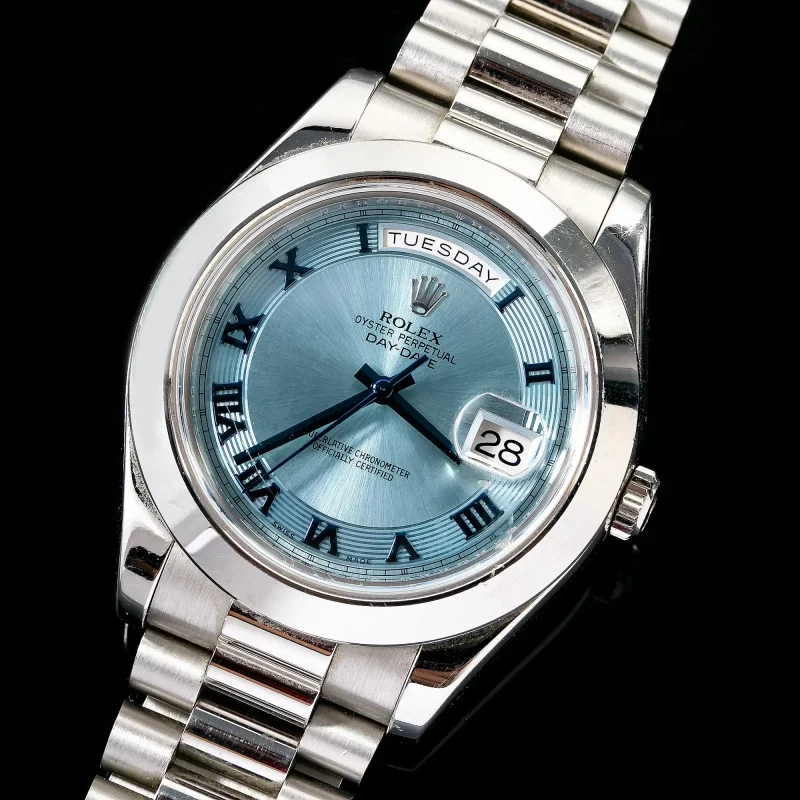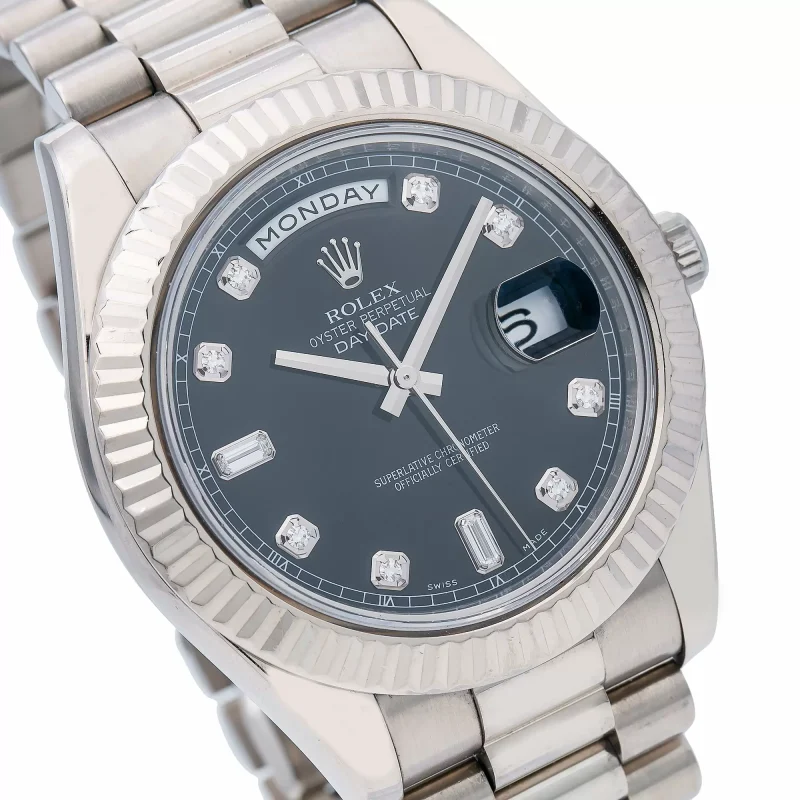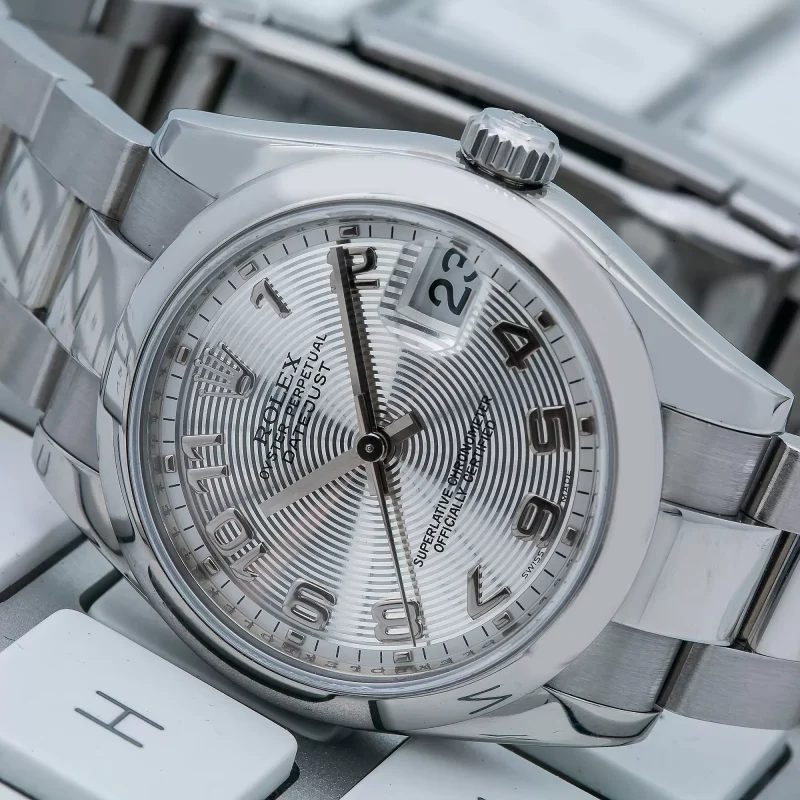Clone
Demystifying the Replica Rolex Oyster Case
Renowned for its innovation and historical significance, the Rolex Oyster case stands as a testament to the brand’s commitment to excellence. In this comprehensive analysis, courtesy of our colleagues at WatchTime India, we delve into the intricacies of this horological marvel, shedding light on its various components and unraveling its mysteries.

Evolution of the Rolex Oyster Case
Since its inception in 1926, the replica Rolex Oyster case has redefined the standards of watchmaking with its pioneering features. Initially dubbed the Rolex Oyster, it marked the world’s first viable waterproof and dust-proof watch case. This breakthrough not only transformed wristwatches from delicate accessories to robust essentials but also epitomized durability and waterproofing. Over the years, the “Oyster” insignia has become synonymous with Rolex watches, symbolizing unparalleled craftsmanship and resilience.
Anatomy of the Oyster Case
The Rolex Oyster case comprises several key elements meticulously crafted to ensure superior performance. At its core lies a hermetically sealed middle case, available in Oystersteel, 18k gold, or 950 platinum. This solid construction guarantees water resistance ranging from 100 meters to an impressive 3,900 meters for the Deepsea collection. The crown guard, a feature prominent in Professional models, reinforces the case structure, enhancing its durability.

Sealing Mechanisms: Twinlock and Triplock Winding Crown
Central to the Rolex Oyster’s water resistance are the patented Twinlock and Triplock winding crowns. Introduced in 1953 and 1970, respectively, these crowns feature multiple seals, ensuring maximum watertight security. Available in Oystersteel, 18k gold, or 950 platinum, these crowns comprise intricate components designed to withstand high pressures akin to a submarine’s hatch.
Cyclops Lens: Enhancing Visibility
A defining feature of the Oyster case is the Cyclops lens, affixed to the sapphire crystal. Inspired by Greek mythology, this lens magnifies the date display, enhancing readability. Originally crafted from Plexiglas, it now utilizes sapphire with double anti-reflective coating, ensuring optimal clarity. This iconic addition has become emblematic of replica Rolex watches, distinguishing them from their counterparts.
Chromalight Display: Illuminating Darkness
Recognizing the need for visibility in low-light conditions, clone Rolex introduced Chromalight-a luminescent material emitting a distinct blue glow. Applied to hands, hour markers, and other display elements, Chromalight enhances readability in dark environments, boasting extended luminosity duration compared to conventional materials.
Helium Escape Valve: Facilitating Deep Dives
Exclusive to the Sea-Dweller and Deepsea models, the helium escape valve allows the release of excess pressure accumulated during deep-sea exploration. Patented by Rolex in 1967, this innovative feature revolutionized deep diving, enabling longer underwater excursions. Strategically positioned on the case side, the valve ensures the watch’s integrity even under extreme conditions.
Cerachrom Bezel: Resilience Redefined
To combat external corrosion, fake Rolex developed the Cerachrom bezel-a hard, corrosion-resistant ceramic insert introduced in 2005. Virtually scratch-resistant and boasting exceptional color retention, Cerachrom ensures enduring luster and durability. This innovation underscores Rolex’s commitment to advancing material technology within the watchmaking industry.

Continual Testing and Innovation
Every Rolex Oyster case undergoes rigorous waterproofness testing, exceeding industry standards to ensure uncompromising performance. From immersion tests to pressure evaluations, each case is meticulously scrutinized to uphold Rolex’s legacy of excellence and reliability.
The Rolex Oyster case represents a pinnacle of engineering and craftsmanship, embodying the brand’s unwavering pursuit of perfection. With each iteration, Rolex continues to push the boundaries of innovation, reaffirming its position as a trailblazer in the world of haute horlogerie.

